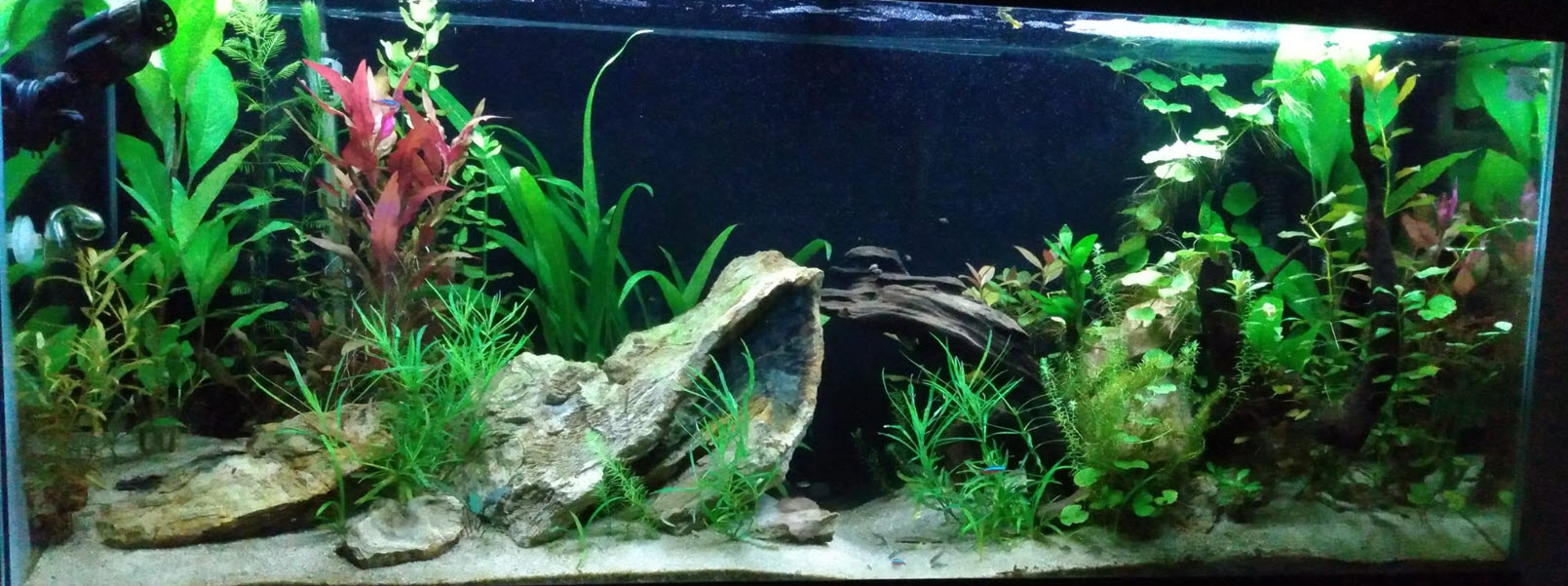
Cycling a planted aquarium is tricky. If the plants start growing from the get-go the plants can absorb the ammonia before the beneficial bacteria can get to it. Now, this isn’t completely detrimental. The plants will simply act in place of the beneficial bacteria, and all will be well. There will be short spikes of ammonia during darkness but they will be relatively harmless to fish.
But normally newly planted plants die back and don’t absorb ammonia for a while. The soil balls around some of the plants can also release ammonia for a long time. Depending on the setup the plants can take weeks or months to start absorbing the ammonia. So things can get complicated.
There are three possible scenarios here. These include, in order of preference:
- Cycle with no plants and no fish
- Cycle with only plants, no fish
- Cycle with plants and fish
All three of these can be done quite easily and quite successfully.
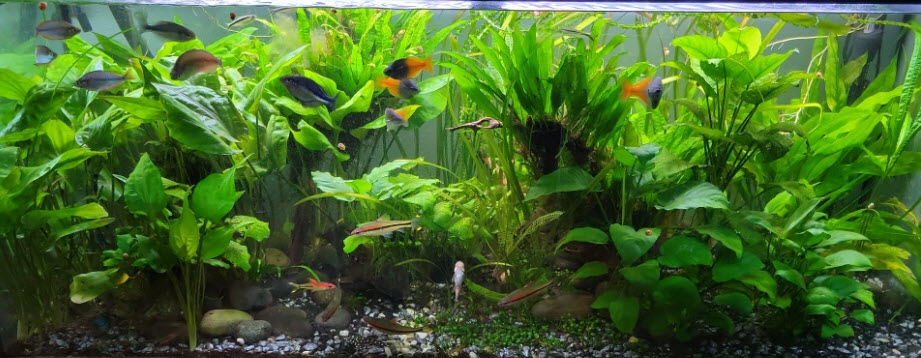
Note there is a challenge here. Cycling is a natural process and Mother Nature is very unpredictable. Plants are decidedly more unpredictable than fish, so the outcomes and courses of events to be expected are quite simple: Don’t be surprised by ANYTHING that happens. It is ALL VERY UNPREDICTABLE.
One can have five new identical aquarium setups with plants side by side. One can give each aquarium EXACTLY the same treatment. And each tank can do something completely different. That is just Mother Nature at work. You will notice I do NO experiments with planted aquariums in my write-ups. That is because planted tanks are so unpredictable, I would need twenty identical tanks to come to any sort of meaningful conclusions.
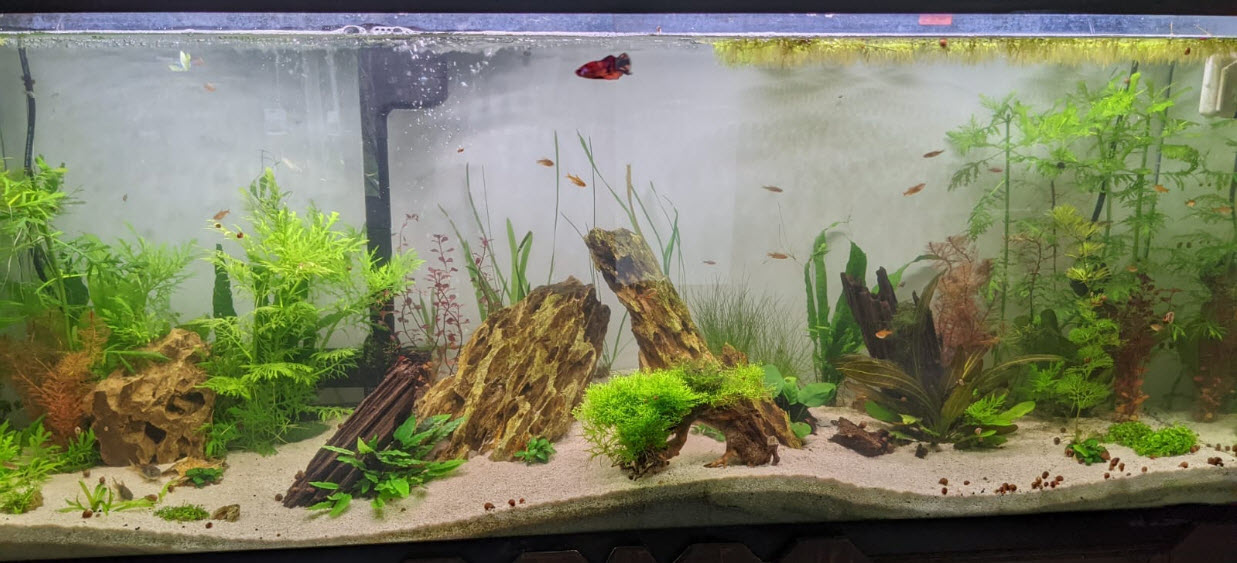
Also, plants do not respond anywhere near as quickly to something as do fish. Plants normally take six to ten weeks to “settle in” and send out new shoots. When we talked about cycling a fish aquarium, we mentioned three things were needed:
.
Patience, patience, and patience
.
When cycling an aquarium with plants the three things needed are:
.
Huge amounts of patience, huge amounts of patience, and huge amounts of patience
.
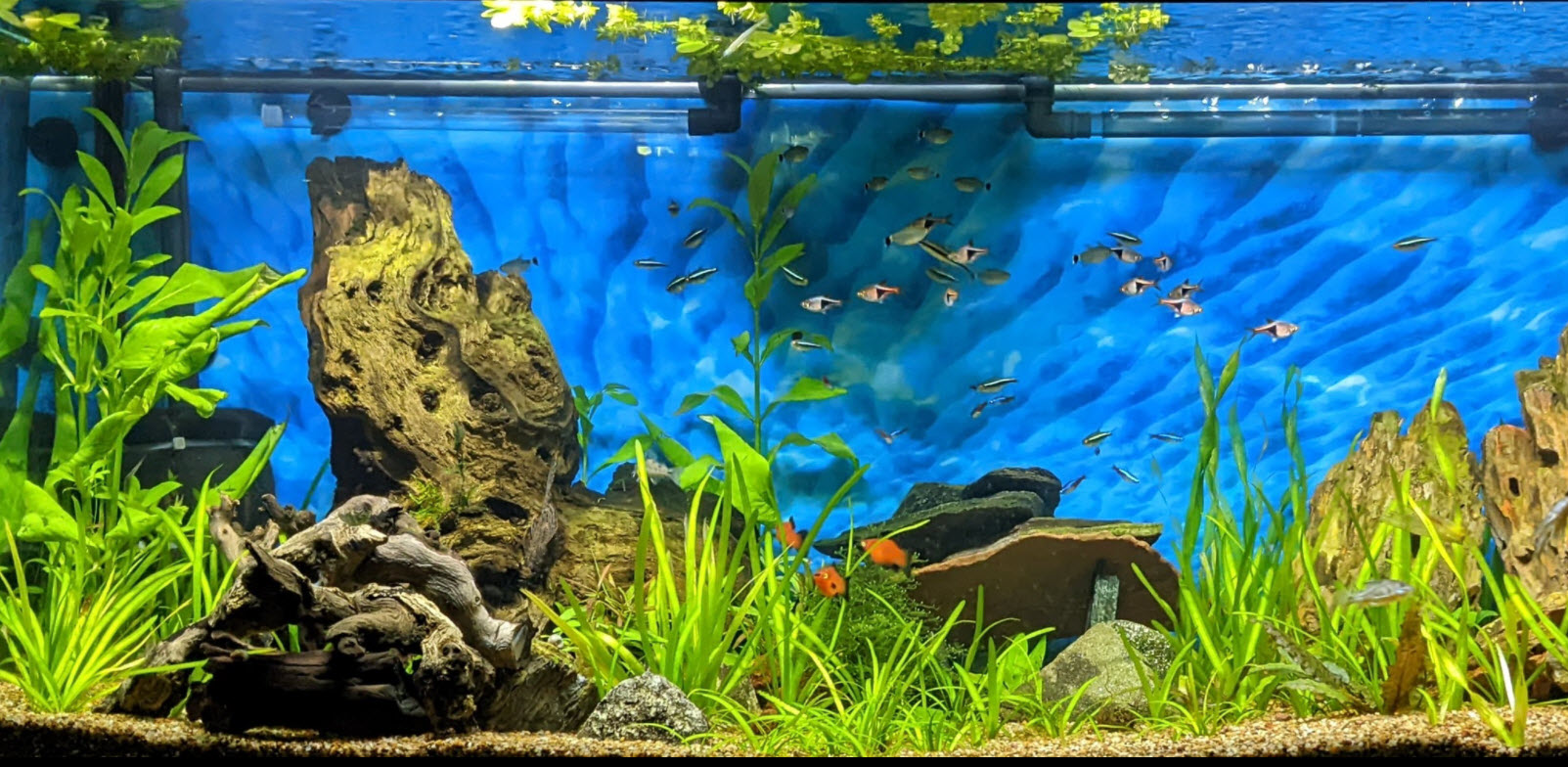
Cycling with No Plants and No Fish
If an aquarium which is to eventually be a planted tank is cycled with no plants and no fish the whole thing can be done by any one of the many methods used for fish aquariums with no fish present. This is decidedly the preferred method of doing this. If one gets some good beneficial bacteria going in a filter before adding the plants, things will go much easier down the road.
The many, many ways to do fishless cycling in any aquarium can be found in these links:
2.1. Standard Fish-less Cycling
2.2. The Many Ways to Cycle a Tank
2.3. How I Cycle a Tank
2.4. Cycling with Ammonia
I personally cycle without plants in a darkened aquarium for at least 6 weeks to get things started but that isn’t a necessity.
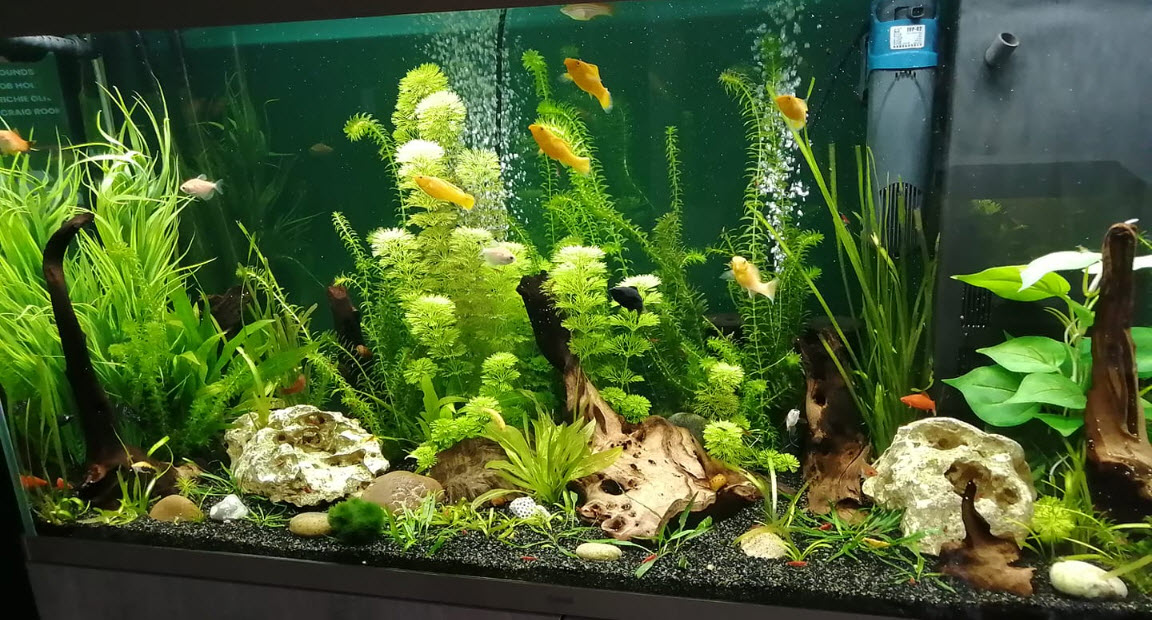
Cycling with Only Plants, No Fish
This can be a very frustrating way to cycle a planted aquarium or it can be a very stress-free way to start up a planted aquarium. Sometimes plants take off and don’t die. Sometimes plants start dying as soon as they are put in the aquarium. And sometimes plants take off initially and only start dying in a few weeks or a few months. It all depends on things like CO2, lighting, plant selection, and substrate. And it is all VERY unpredictable. So ammonia absorption becomes very unpredictable
Newcomers to the hobby obsess over every detail of the process and keep trying to “figure it out”. They come upon this website and ask things like “I’ve been cycling my planted tank for 8 weeks now. Why isn’t my ammonia dropping”. And my answer always is pretty much “damned if I know why!” A cycling planted tank can do just about anything. It is completely unpredictable.
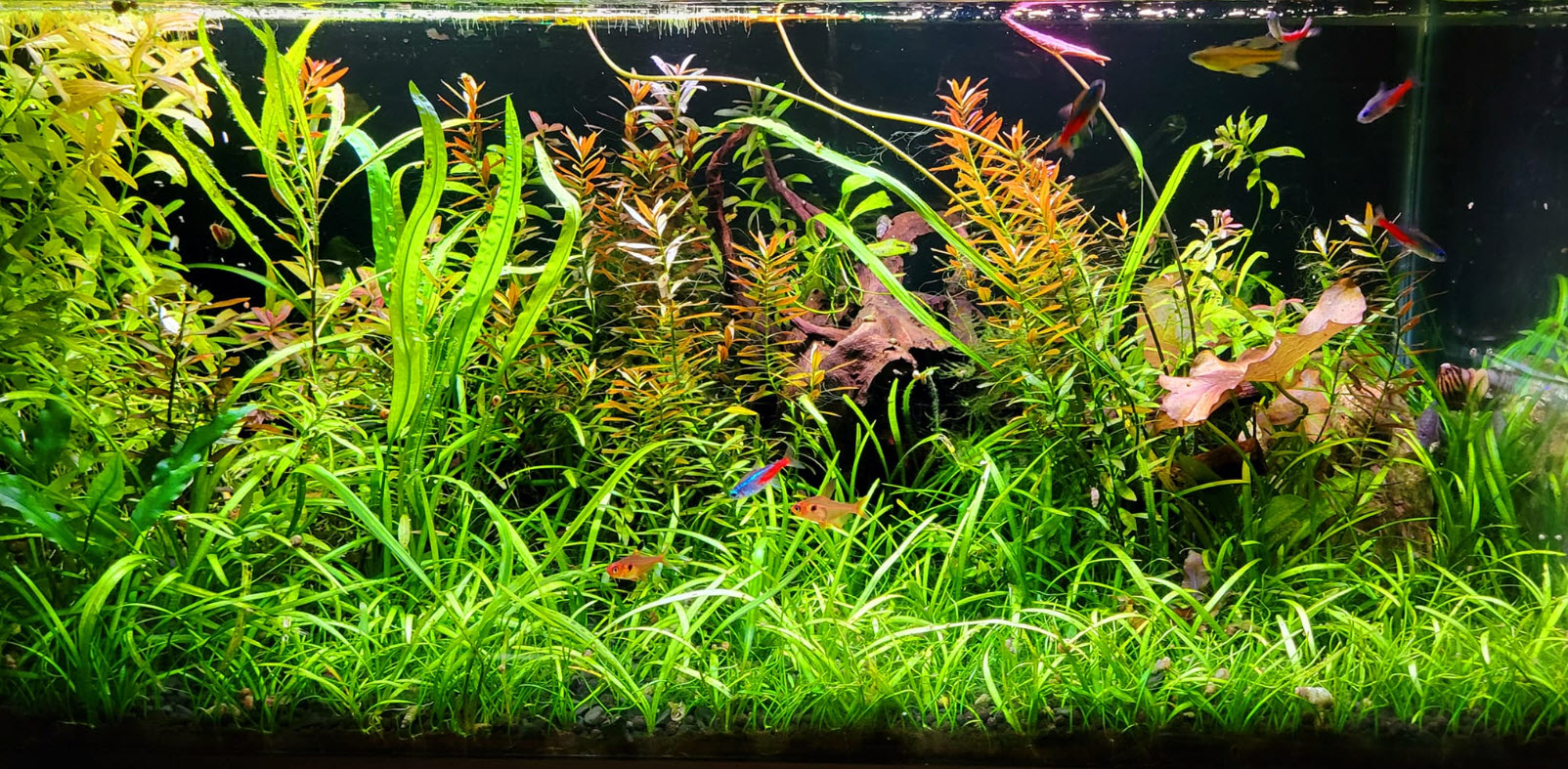
So to cycle a planted aquarium just set up your planted aquarium by the method you have selected. Add the plants. Turn on all the equipment (lights for 4 hours at a time, CO2, etc.). Then simply cycle the tank using any of the methods found in these links:
2.1. Standard Fish-less Cycling
2.2. The Many Ways to Cycle a Tank
2.3. How I Cycle a Tank
2.4. Cycling with Ammonia
The only thing that changes with ALL these methods in the definition of “end of cycling”. “End of cycling” in a planted aquarium becomes when the new plants get established and start putting out new leaves and new shoots AND ammonia falls to less than 0.25 ppm 24 hours after adding some ammonia. After the new leaves or shoots start appearing and the ammonia is being processed, stop any additions, do a 95% water change, and add any fish one wants to add.
This cycling period can be anywhere from two to twenty weeks. Sometimes algae will take over and one will need to start from scratch. The only constant here is that there never is a constant.
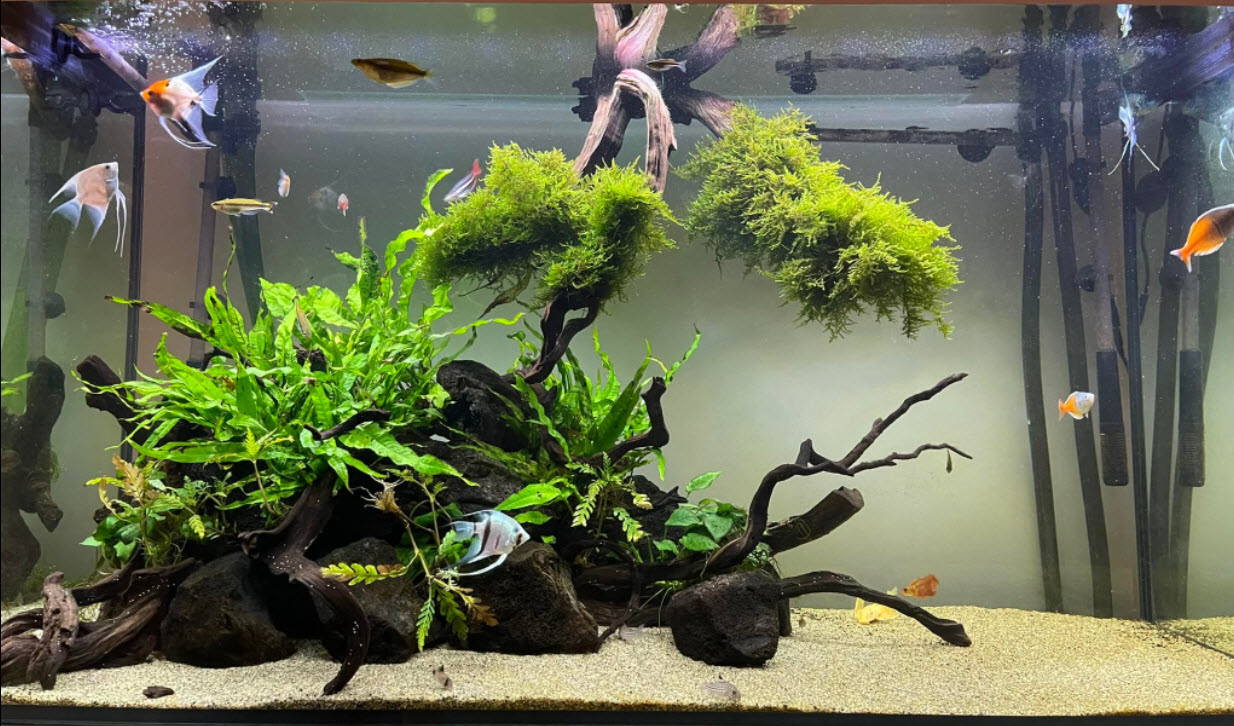
Cycling with Plants and Fish
When one sets up an aquarium with both plants and fish in the aquarium one MUST treat the tank as though it has no plants in it. One MUST do a fish-in cycle or no cycle at all. Simply feed lightly for at least two months and see where everything goes. Measure the parameters four hours after the lights come on and do water changes if anything gets into the yellow “Alarm” levels below.
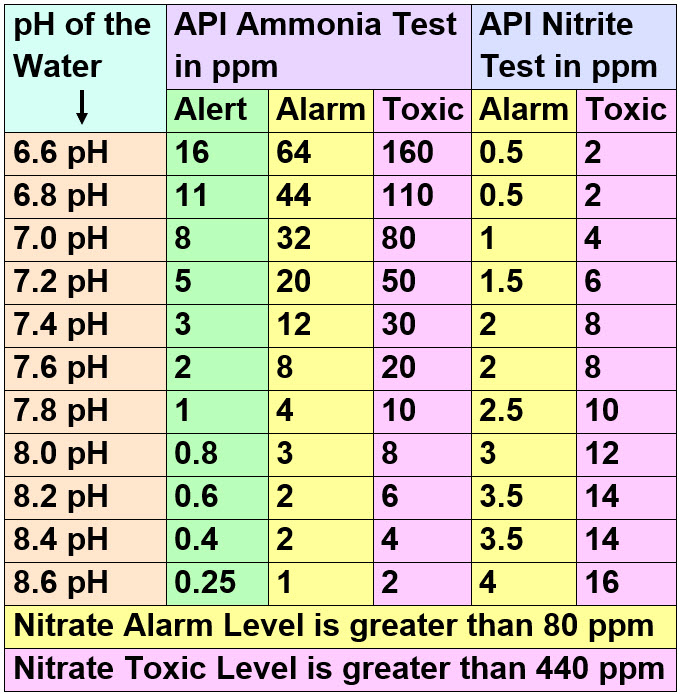
With both plants and fish in an aquarium, the aquarium can be cycled by two different methods:
2.5. Fish-in Cycling
2.6. Not Cycling at All
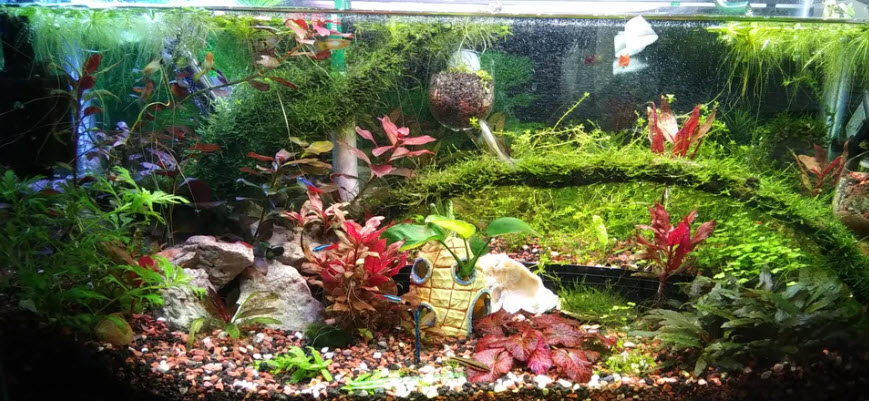
Testing Water Parameters and Definitions
Decomposing plants and fortified soils put out ammonia on a 24/7 basis, i.e. constantly. Plants only absorb ammonia when bathed in light. So the timing of testing water parameters becomes somewhat tricky. It is very common to have very high ammonia when the lights are turned on in the morning. Then by the end of the well-lit period, the ammonia is gone, absorbed by the plants.
So everything starts boiling down to a semantic problem. What is the definition of a “cycled planted aquarium”? I would define a planted aquarium as “cycled” when the ammonia is less than 0.25 ppm first thing in the morning when 1 to 2 ppm ammonia was added the day before when the lights were turned off. But that is completely arbitrary.
Also, note that nitrifying bacteria oxidize ammonia to nitrate on a 24/7 basis. So even temporary ammonia spikes are avoided with nitrifying bacteria. This is why I recommend doing a fishless and plantless cycle for all aquariums on set up.
.
Return to Cycling Menu
Return to Home Page and Main Menu
.
Aquarium Science Website
The chapters shown below or on the right side in maroon lead to close to 400 articles on all aspects of keeping a freshwater aquarium. These articles have NO links to profit-making sites and are thus unbiased in their recommendations, unlike all the for-profit sites you will find with Google. Bookmark and browse!
.
.

Dave says
In reply to Kris …. ALL beneficial bacteria products are worthless.
Kris Straumins says
What are your thoughts of soaking substrate and hardscape (dragon stone) in a beneficial bacteria solution -Brightwell Aquatics Florin BacterOne? And then proceeding with a dry start method?
Vermin says
I am going to start planted 300 liters tank and i want to start with dark start method,because of algae and i will try to mineralise potting soil before that,then drain all the water except water in my sump and filter,then i am going to put plants,now i am little confused,should i do or do not change all the water,if i cycled it good,then bacteria should take care about ammonia and water should be ok without algae bloom if i understand your text corectlly.
Btw this site is pure treasure!!
Dave says
In reply to Vladimir …. Take out the wood and put it in a bucket in the garage. Some wood smells bad when first put in water.
Vladimir Kontul says
Hello Dave, it is me again. Aquarium is not doing as I would hope and I am ready to give up.
Let me just give you more information in hopes you can advice me what to do:
– I could not just ignore the smell, as the reek made me almost throw out when I entered my office. I did couple of water changes when smell was unbearable.
– I have active substrate
– I have under-gravel filter
– I have a massive piece of wood/root
– I use 40w light 9 hours on (30gal)
– Plants were melting so I have cut 50% of their size, sometimes bottom, throwing few out all-together.
– wood has started to develop some orange molds
– there is no ammonia or nitrates. Other parameters are ok except KH which is low according to strip test.
I have read chapters 1-6 of your web before buying the basics, there I just added active soil and set beginner’s plant hoping it would just make things nicer. I will share photos and just tell me whether this setup has failed by design or It simply needs more time and love.
photos (after 90% water change earlier that day + dechlorinator) : https://drive.google.com/drive/folders/1YKA1S0mjAJ0NF8gw9vcZYEQKVyCwQKqO?usp=sharing
Dave says
In reply to Vladimir …. Just go ahead and cycle it by anyone of the hundred or so fishless cycling methods. Ignore the smell and the bloom. Read up on planted tanks as you will probably need to add a lot more plants in order to avoid algae.
Vladimir says
Hallo. I have just recently set up my first tank, 30 gallon planted tank (some 8 plants). I have left it alone for about 4 days. I have added no ammonia feed.
Water is very bloomy and starts to smell noticeably, which worries me. I have left died off parts of the plants in the aquarium, some of them started decomposing. Could they be turning to DOC and feeding the bad bacteria in water column ?
Why is this happening and what should I do ?
I wish I knew cycling planted aquarium is much harder…
Dave says
In reply to anonymous. ….. No reason you couldn’t use it, other than the ridiculous cost.
Anonymous says
Is there potential for fish less cycling using ADA Amazonia aqua-soil as a slow release ammonia feed?
Dave says
In reply to Steve ……….. That is a problem with most planted tanks that don’t have a lot of aeration. The protein film should disappear in a month or two. Don’t worry about it for now. If it is still there a month from now add an air stone. A little pond mud will go a long way towards getting rid of the film by forming a “mature” aquarium. https://aquariumscience.org/index.php/2-14-the-mature-aquarium/
Steve says
I have a planted aquarium that I setup (w/o fish yet) over a week ago. I’ve created a DIY in-tank filter using plastic bath scrubbers (design that you have in another part of your website here). Over the past two days a slimy film has started up on the surface — I felt it all over my fingers when I went to push some plants into the sand this afternoon. Is this slimy film something I should (must like all sorts of other details surrounding cycling a planted tank) be patient with? If this were like any other tank I’ve previously had the hanging pump & filter would be disturbing the water surface, aerating the water & preventing this film from happening. Thank you for your time.